Resources, Resources, Resources
Michael Rabbidge
Structuring lessons that suit the needs of your learners is paramount at the best of times, but when faced with an overwhelming number of resources and possibly a limited amount of time in which to teach the content, as I found when first teaching Chasing Time English content, it is crucial to make astute decisions that balance not only practical learning needs but also overall enjoyment in the learning process.
Recently I was tasked with teaching a short-term course to a group of young international university students. There were 25 students in the class, and we were to meet for two hours a day, four times a week for a two-week period. Sounds simple enough, and luckily I had at my disposal the complete course work for the series My Name is Lucky, by Chasing Time English. This is a four episode show, where the run times for each episode is roughly 5 minutes.
Each episode is accompanied by a teacher course book full of advice on how to teach materials, and a course book for students with more than 20 different types of activities, focusing on vocabulary both heard and seen in the episode, language comprehension, a variety of different grammatical features heard in the episode, reading texts that accompany the text and fill out the story a little more, as well as activities that seek to enhance student speaking and writing proficiencies.
Over the course I had the opportunity to mix up approaches to how I could try to employ these materials in the course. I decided to start each class a little differently to make sure I didn’t fall into a predictable routine which could bore the students. For example, in one class we started by looking at some images taken directly from the show and discussing what we could see. This involved students identifying different things within the images, and then discussing possible actions or scenarios that they thought they could see in the images. Once this type of discussion was done I then used the activities from the Vocabulary Seen in Episode 1 section of the course materials to build upon student discussions. This naturally led to the opportunity to actually watch the episode in its entirety and allow students to check their work in the activities from the Vocabulary Seen in Episode 1 section of the course materials.
After checking answers and explaining different elements I did one of two things: I either chose to double-down on vocabulary and explore activities from Vocabulary Heard in Episode 1 section of the course materials – meaning the lesson was vocabulary focused, or I introduced a new focus that involved activities that worked to enhance student speaking and writing proficiencies. This was all done over two lessons.
The next day I mixed it up by moving away from vocabulary to focusing on grammatical and interactional features seen and heard within Episode 1. Activities from either the Language Work or Language Functions sections in the course work were again paired with images of the episode. Students were asked to recreate dialogues from memory, compare what they had recreated with original dialogue, and then practice activities Language Work or Language Functions to reinforce their learning. This created situations in which students were again able to improve fluency and accuracy in their speaking and writing proficiencies. Again, this was done comfortably within a two-hour lesson.
It is not often that teachers have so many resources at their disposal, obviously. It is a luxury at the best of times, and having materials that are set at high standards and allow for flexibility in teaching preferences and approaches is golden.
